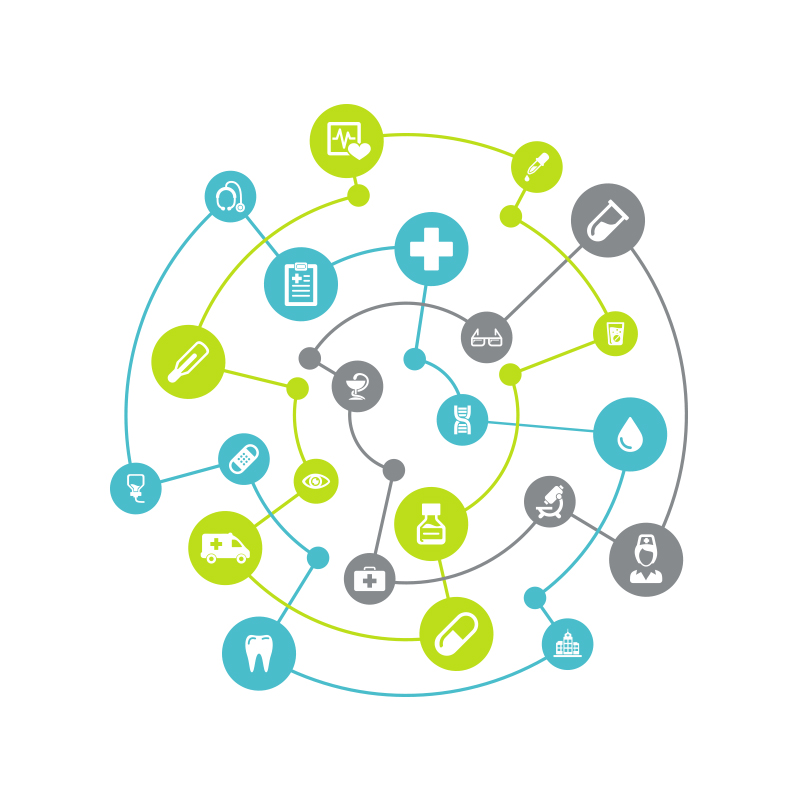Public Health Infrastructure
Public Health Infrastructure
Instructions
Describe how the various health components of the public health infrastructure have contributed to the gains described in the readings and resources.
Which components were most important?
Requirements: Minimum of two full pages of text in length.
Please ensure you cite your references in APA format with a minimum of 3 references (You may use your textbook as a reference and you should have a minimum of 2 academic outside references).

Contributions of Public Health Infrastructure to Health Gains
The public health infrastructure is a complex network of systems and organizations that work collaboratively to promote health and prevent disease. Various components of this infrastructure, including health agencies, community health programs, and healthcare services, have significantly contributed to the health gains observed in populations. These components have worked synergistically to address social determinants of health, implement preventive measures, and improve healthcare access.
Health Agencies and Regulations
One of the most crucial components of the public health infrastructure is health agencies, which operate at local, state, and federal levels. Agencies such as the Centers for Disease Control and Prevention (CDC) and the World Health Organization (WHO) have played pivotal roles in tracking disease outbreaks, providing health education, and developing public health policies. For instance, the CDC’s surveillance systems have been instrumental in identifying and responding to emerging infectious diseases, leading to timely interventions that prevent widespread outbreaks (Baker et al., 2018). These agencies establish regulations that guide public health practice, ensuring that populations receive evidence-based interventions.
Community Health Programs
Community health programs are another vital aspect of the public health infrastructure. These programs often target specific populations or health issues and work to improve health outcomes through education and direct services. Programs focusing on maternal and child health, nutrition, and immunization have shown significant impacts on health outcomes. For example, initiatives aimed at increasing vaccination rates have led to decreased incidences of vaccine-preventable diseases (Bharadwaj et al., 2020). Furthermore, community health workers serve as liaisons between healthcare providers and underserved populations, promoting health education and facilitating access to services.
Healthcare Services and Access
Access to healthcare services is essential for achieving health gains, and the public health infrastructure plays a critical role in enhancing this access. Health systems that integrate primary care with public health initiatives have been shown to improve overall health outcomes. For instance, the implementation of the Patient-Centered Medical Home model has facilitated coordinated care, particularly for individuals with chronic diseases (Miller et al., 2019). By ensuring that individuals receive comprehensive care and preventive services, healthcare systems can reduce the burden of disease and improve quality of life.
Importance of Social Determinants of Health
Another critical aspect of public health infrastructure is its focus on addressing social determinants of health, such as socioeconomic status, education, and access to nutritious food. Public health initiatives that aim to reduce health disparities through policies and programs that address these determinants are essential for promoting health equity. For example, food assistance programs like the Supplemental Nutrition Assistance Program (SNAP) help alleviate food insecurity, contributing to better nutritional outcomes among vulnerable populations (Gundersen & Ziliak, 2015). By addressing the root causes of health disparities, public health infrastructure can lead to long-term health improvements.
Conclusion
In conclusion, the various components of the public health infrastructure have contributed significantly to the health gains observed in communities. Health agencies, community health programs, and accessible healthcare services have worked together to create a robust system that promotes health, prevents disease, and addresses social determinants of health. While all components are vital, health agencies and community programs have been particularly influential in driving policy changes and fostering community engagement. Continued investment in these areas is essential for sustaining and enhancing public health gains.
References
Baker, M. G., Wilson, N., & Blakely, T. (2018). Successful public health responses to COVID-19: Lessons from New Zealand. The Lancet Public Health, 3(4), e227-e228. https://www.thelancet.com/journals/lanpub/article/PIIS2468-2667(20)30088-9/fulltext
Bharadwaj, A., Muralidharan, A., & Ayyagari, P. (2020). Vaccination coverage in the United States: A review of the literature. American Journal of Public Health, 110(8), 1125-1130. https://doi.org/10.2105/AJPH.2020.305771
Gundersen, C., & Ziliak, J. P. (2015). Food insecurity and health outcomes. Health Affairs, 34(11), 1830-1839. https://doi.org/10.1377/hlthaff.2015.0645
Miller, D. R., Crouch, E., & Becker, C. (2019). The role of the Patient-Centered Medical Home in health care reform: A systematic review. Journal of Healthcare Management, 64(2), 112-124. https://doi.org/10.1097/JHM-D-18-00018



